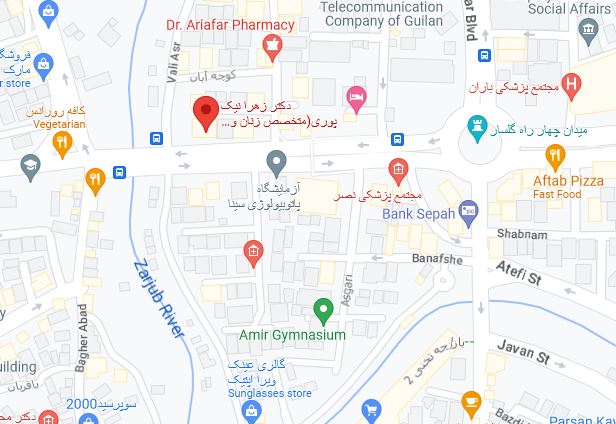Mammoplasty (Plastic Surgery for the Breasts)
|
Breast implants are made up of a silicone shell filled with either saline (a salt water solution) or silicone gel. A woman determines her desired size by fitting trial implants. Currently, saline filled implants are used on an unrestricted basis. Silicone gel filled implants are available only to women participating in approved studies and are not available for primary breast augmentation. Breast augmentation is a relatively straightforward procedure. As with any surgery, some uncertainty and risk are associated with breast augmentation surgery. Know your concerns and expectations. Review the benefits, risks and alternatives. Seek consultation with a board certified plastic surgeon. Breast Reduction Breast reduction surgery is often used in women with large, heavy breasts who experience significant discomfort including neck pain, back pain numbness or weakness due to the weight of the breasts. During this procedure, excess skin, fat and breast tissue is removed. After surgery, breast reduction can cause a change in breast sensation as well as the inability to breastfeed. In the case of large resections, which involve grafting of the nipple, however, almost everyone loses sensation and the ability to breastfeed. If breastfeeding is important to you, you may want to consider postponing a breast reduction procedure until you are done having children. After breast reduction, most women report relief from the symptoms caused by having oversized breasts. For more on this topic, see the article on breast reduction surgery. Breast Reconstruction Breast reconstruction surgery is often performed in women who undergo mastectomy as a treatment for breast cancer. The procedure recreates a breast with the desired appearance, contour and volume. The nipple and areola also is recreated. Normal breast sensation and normal breast function, as with nursing, are not reconstructible when the sensory nerves or milk glands and ducts have been removed or significantly injured. The appearance, contour and volume of the breast can be recreated with implants or with a woman's own tissue. If an implant is used, the implant is sized to match the opposite breast. When possible, the implant is placed beneath a chest muscle. A breast also can be recreated using a woman's own tissue. At times, a segment of the lower abdominal wall can be used. Other tissue options for autologous (using your own tissue) reconstruction use back muscle and skin or fat and muscle from the buttock. Breast reconstruction can be done at any time after you have had a mastectomy. The procedure has no known effect on the recurrence of cancer and it does not appear to affect cancer surveillance. However, you will be instructed on self-examinations and scheduled for routine follow-up appointments for surveillance.
Reference: http://www.medicinenet.com |


